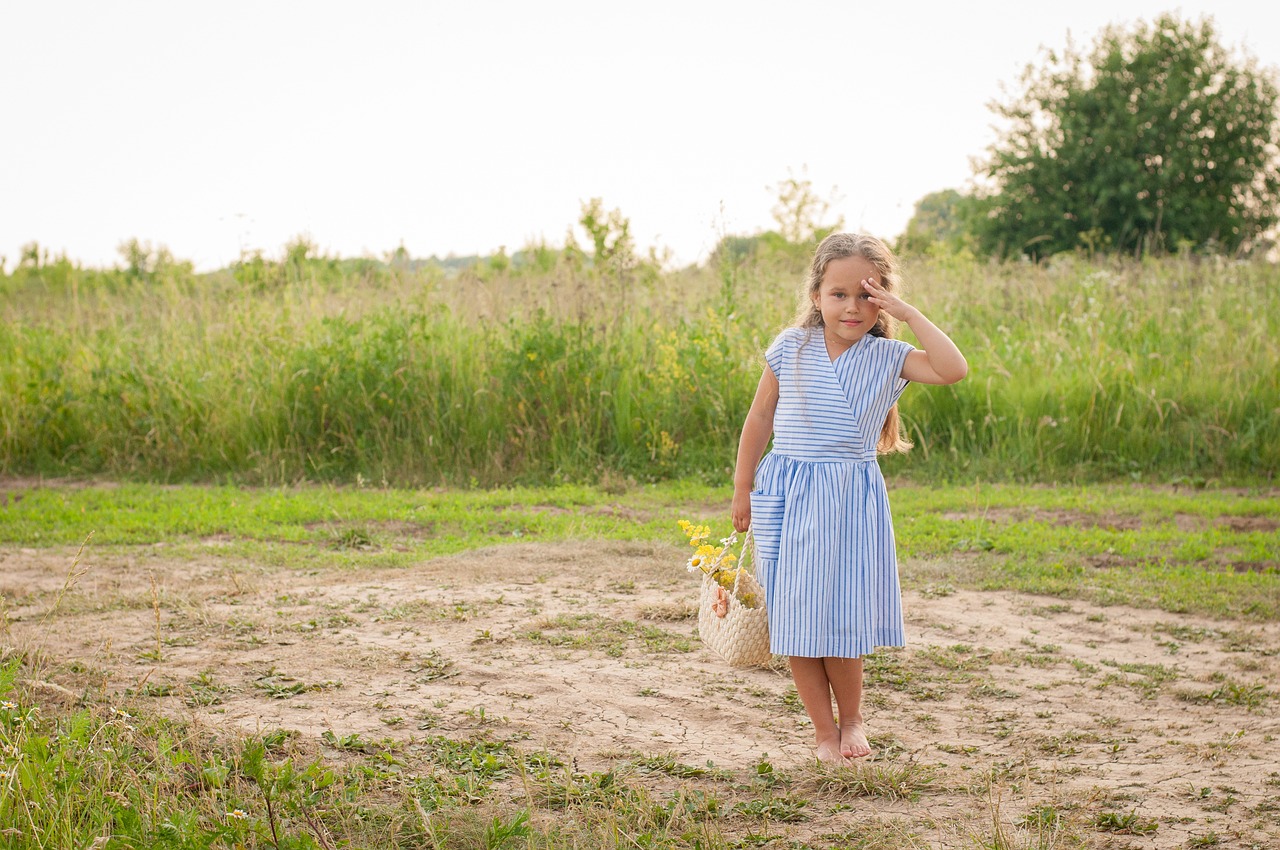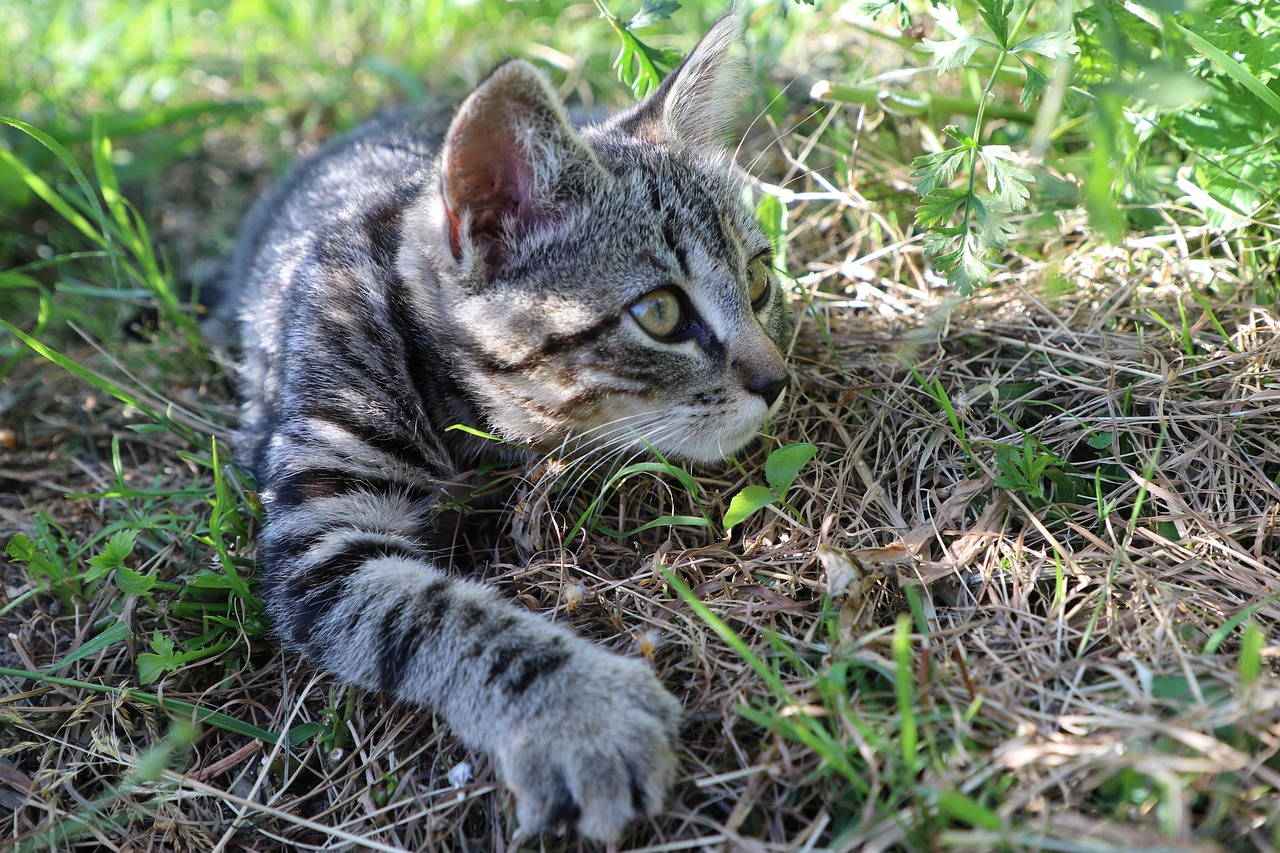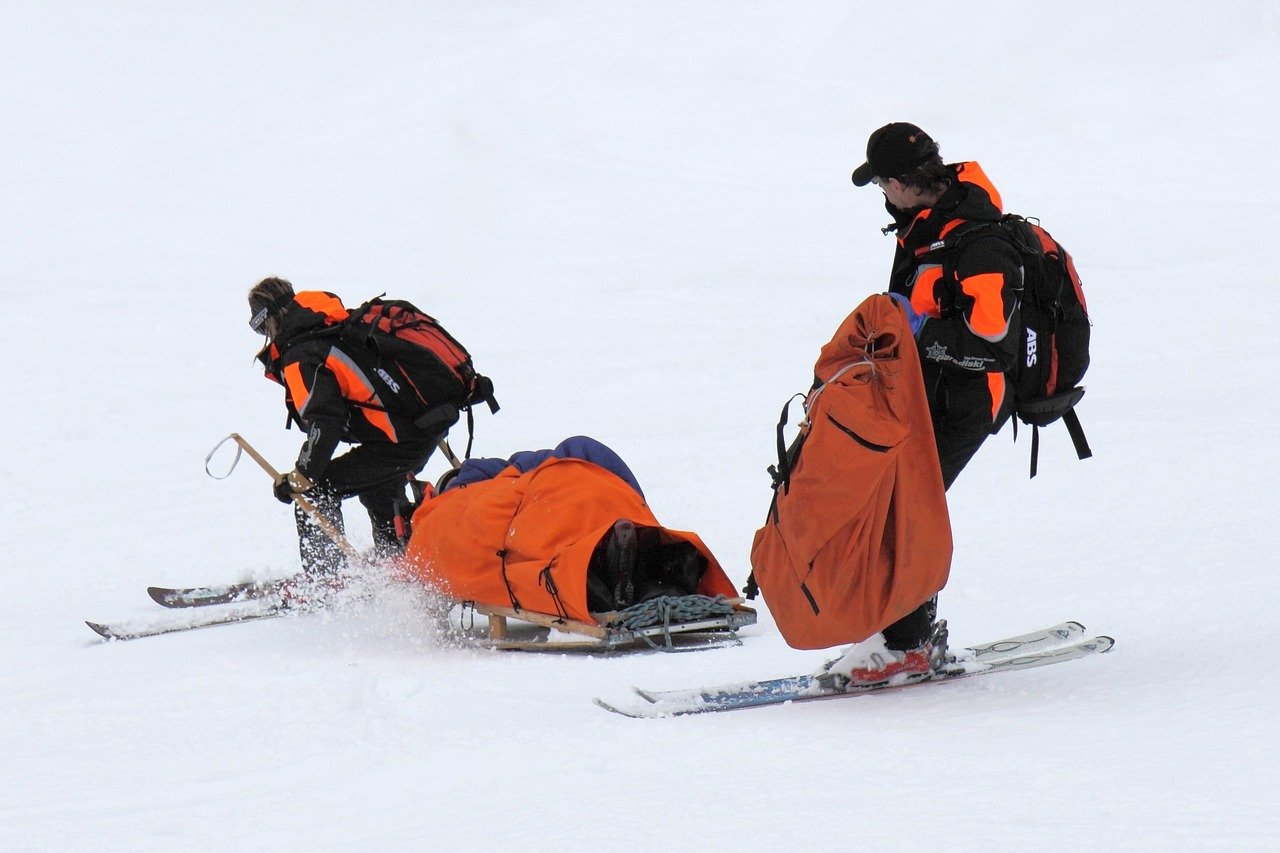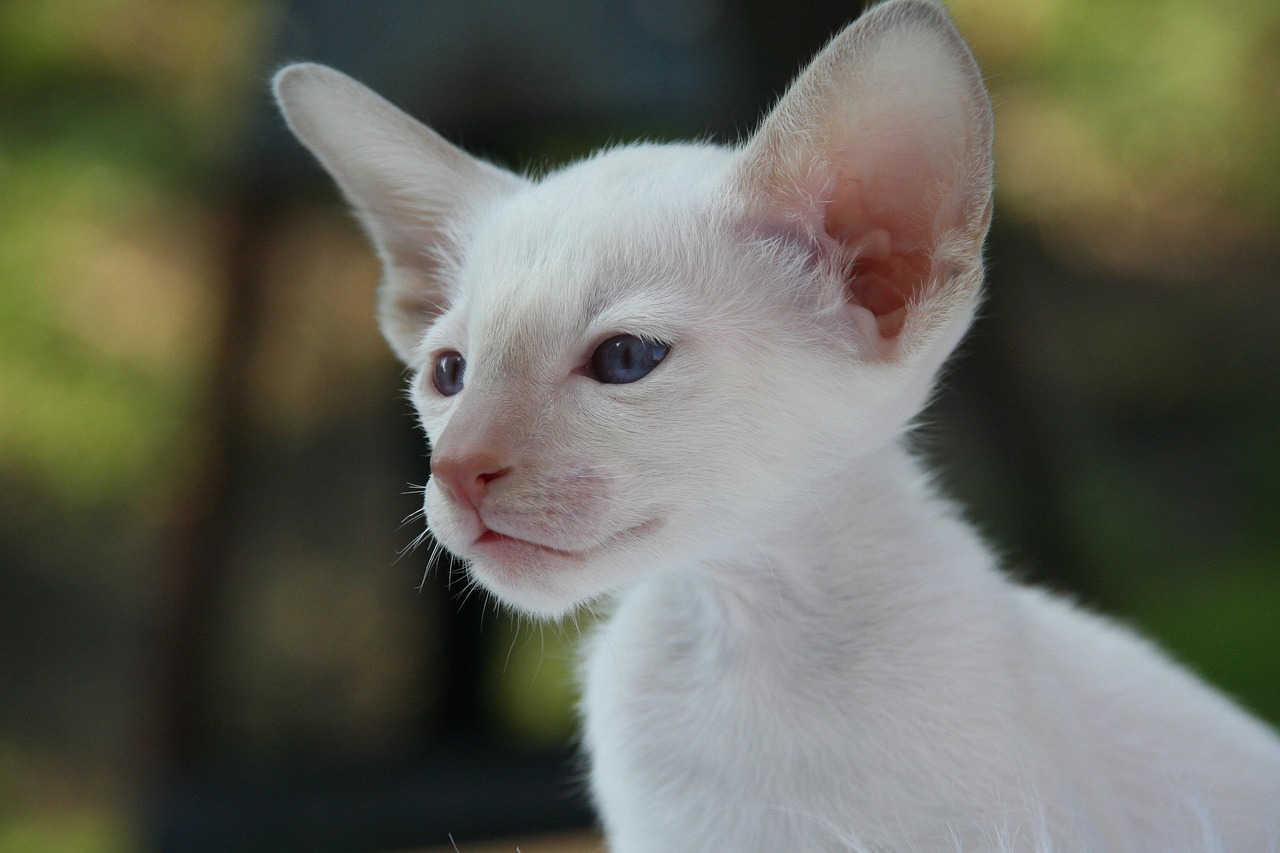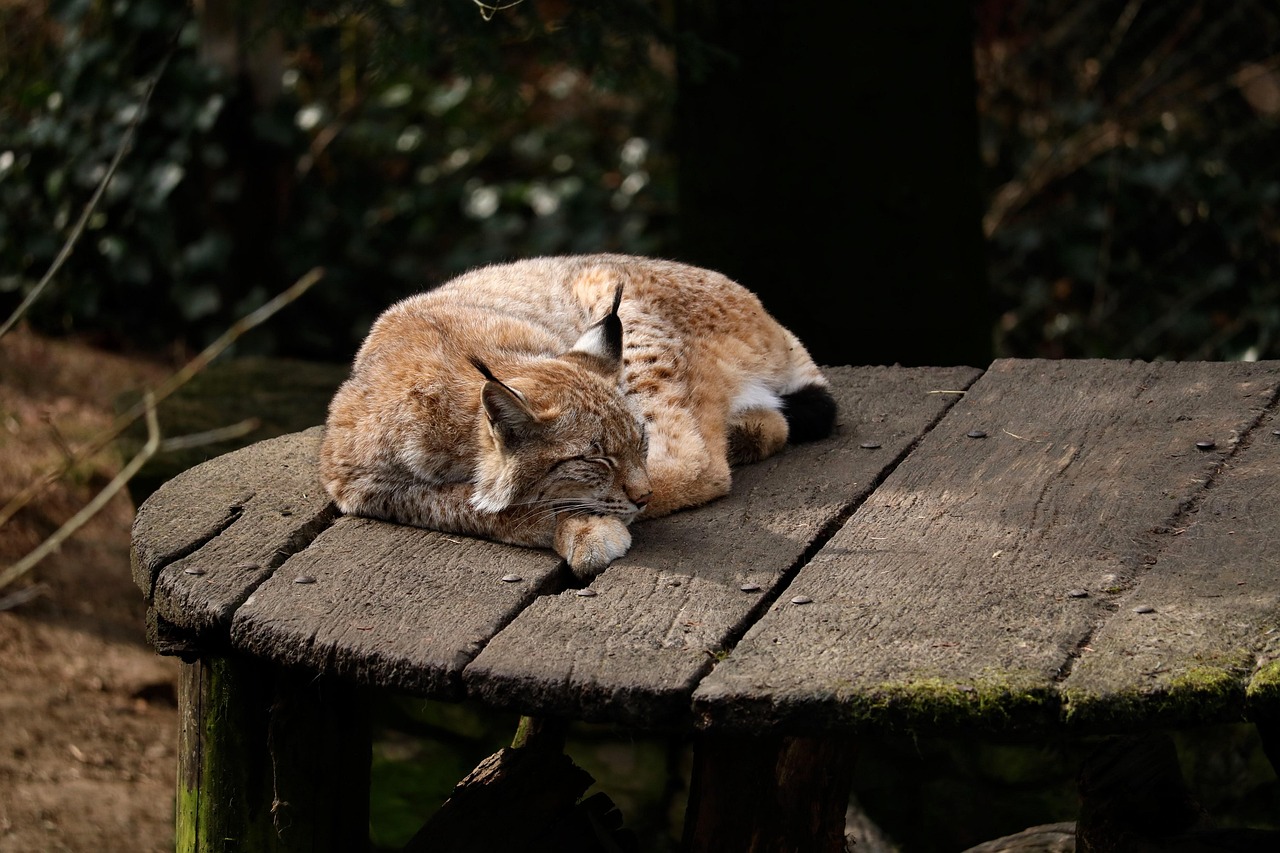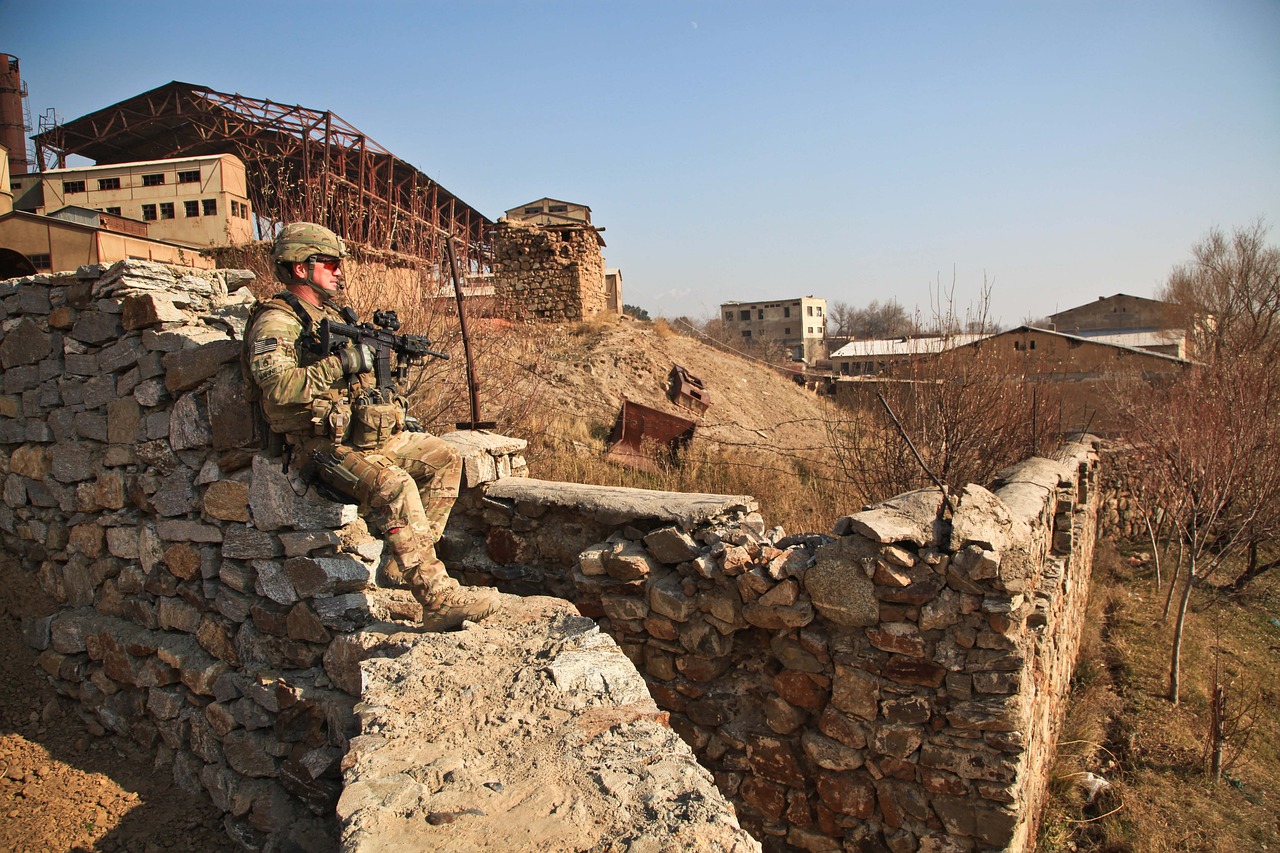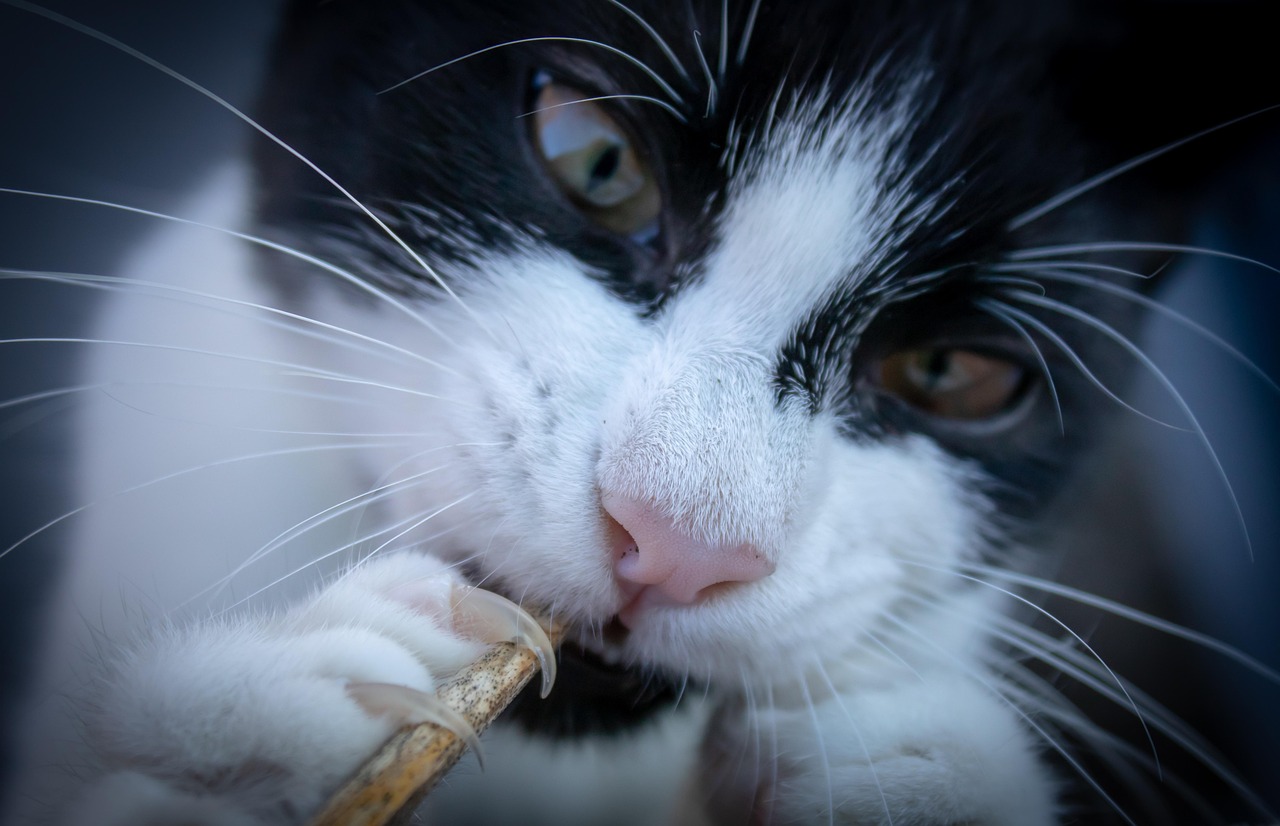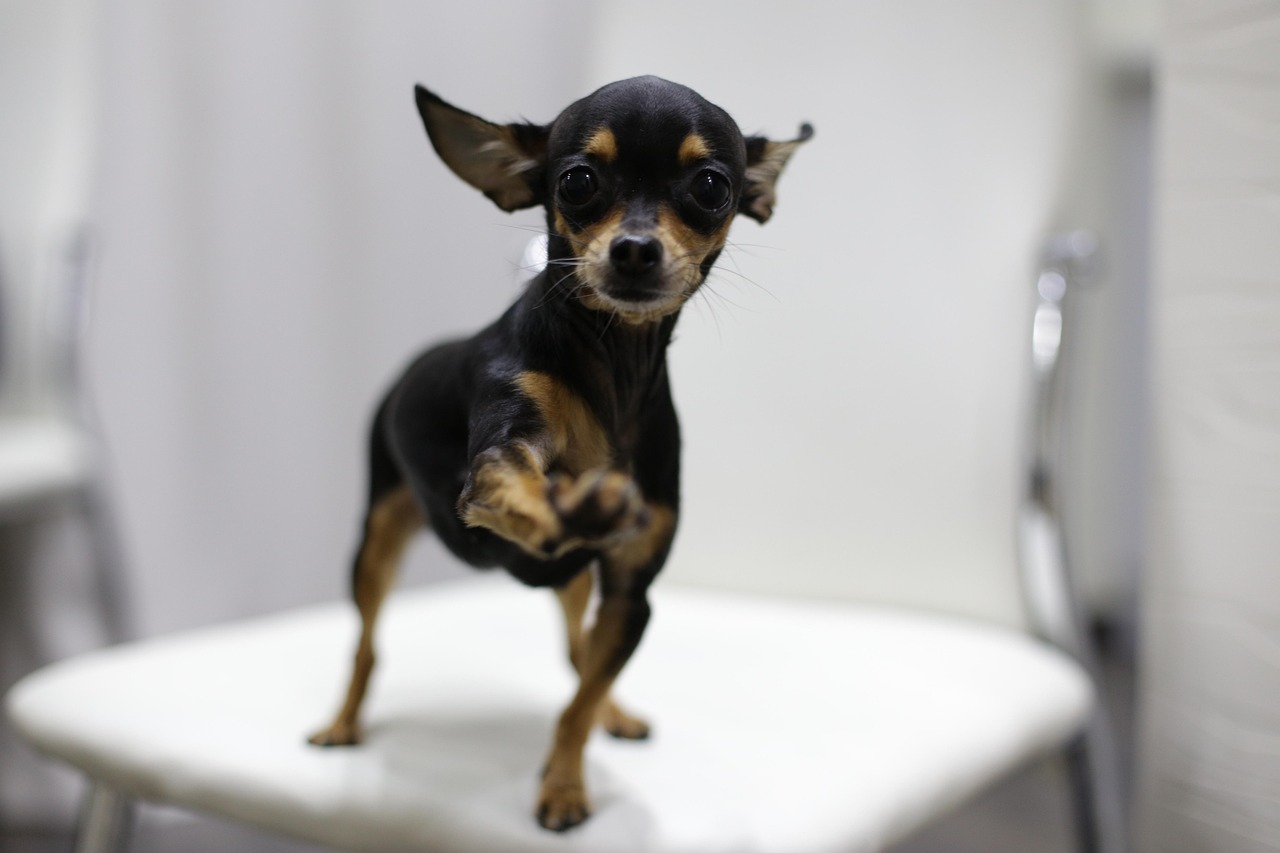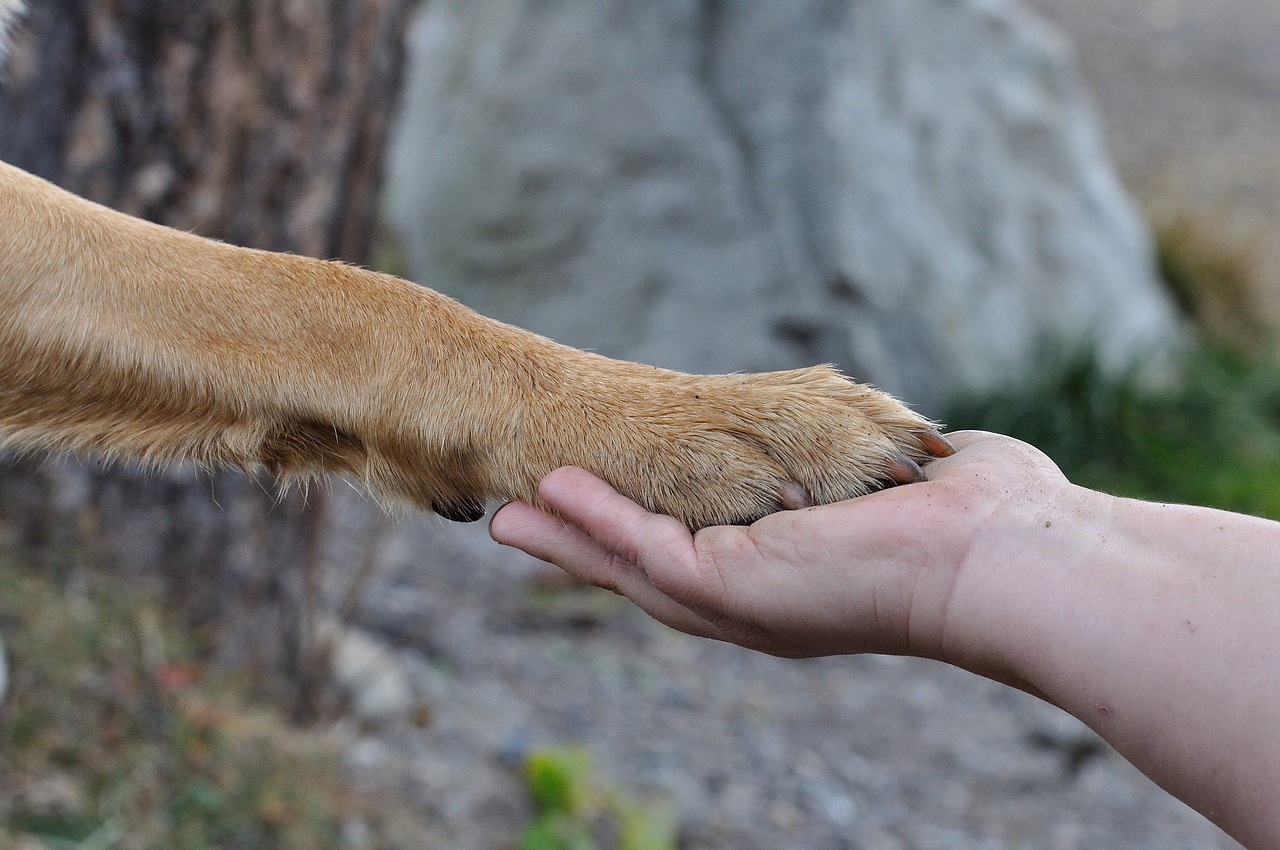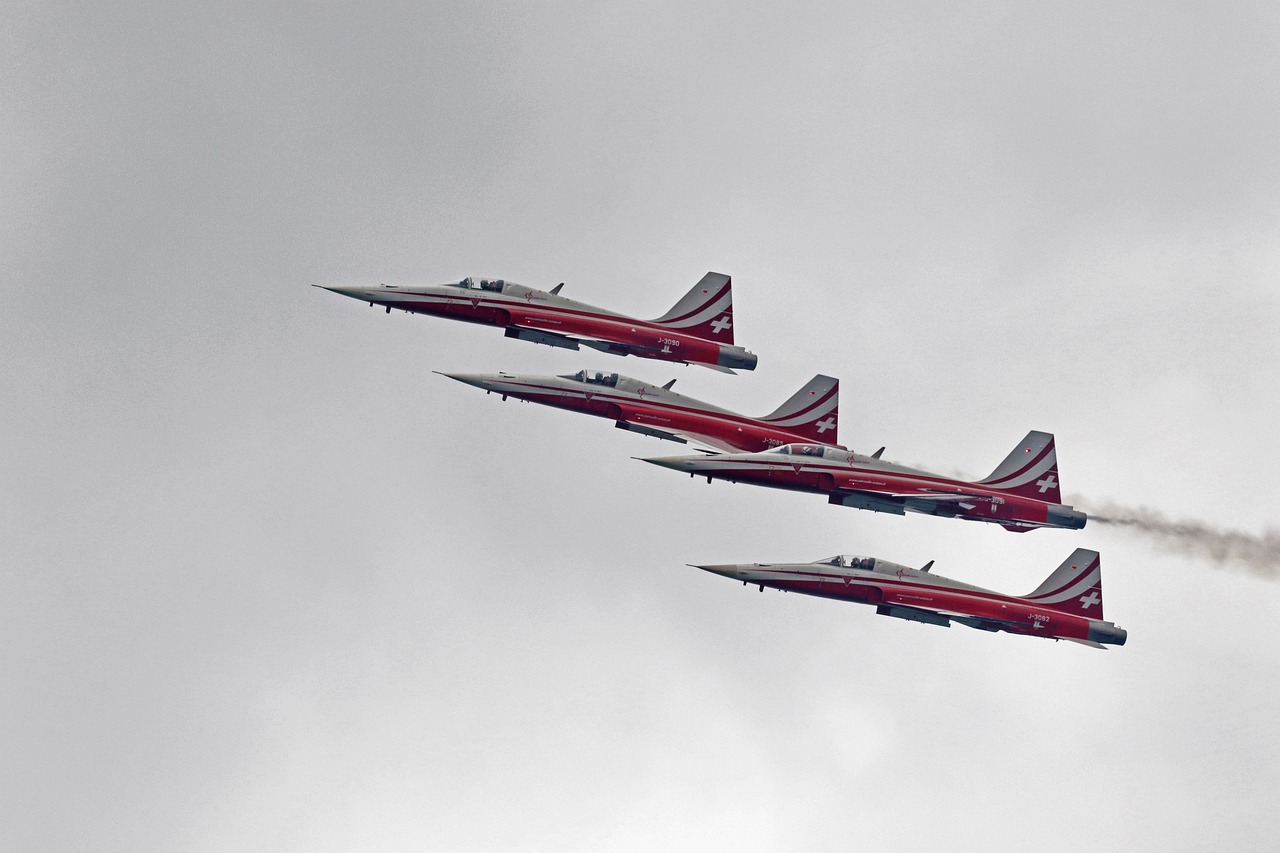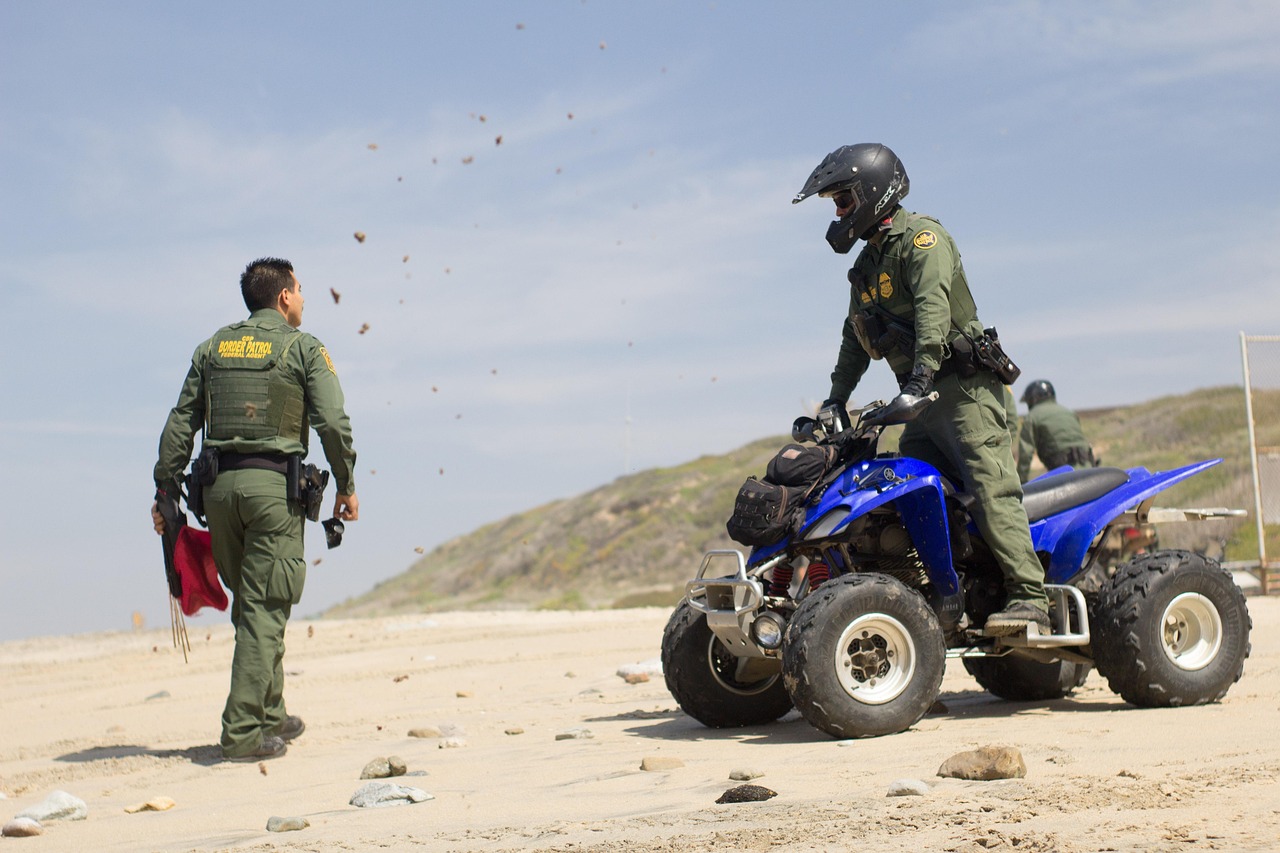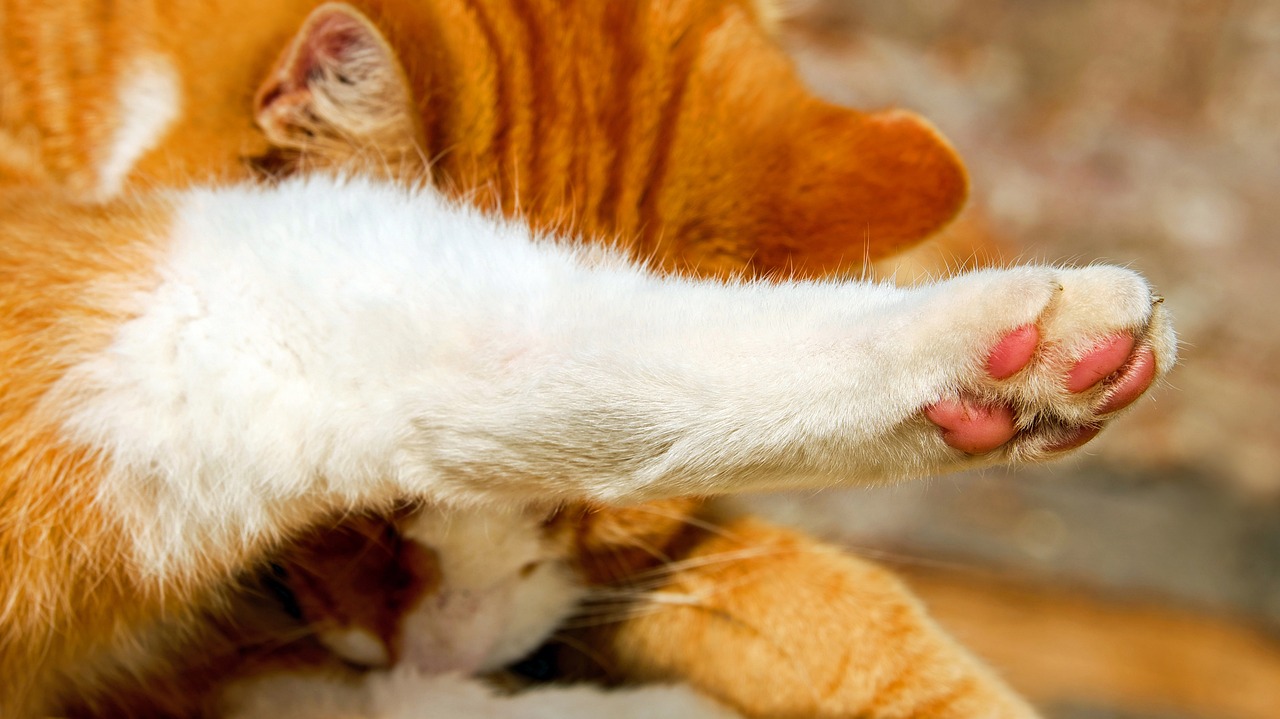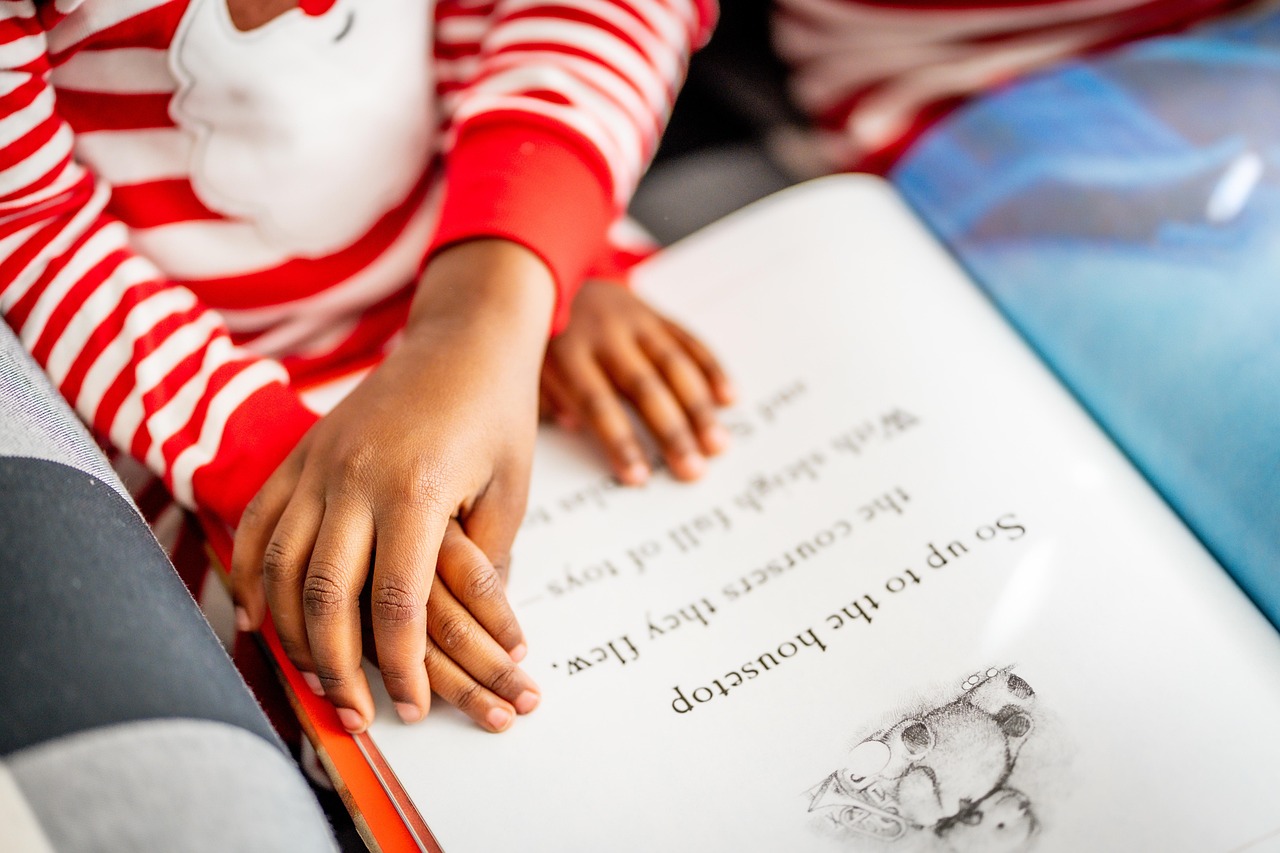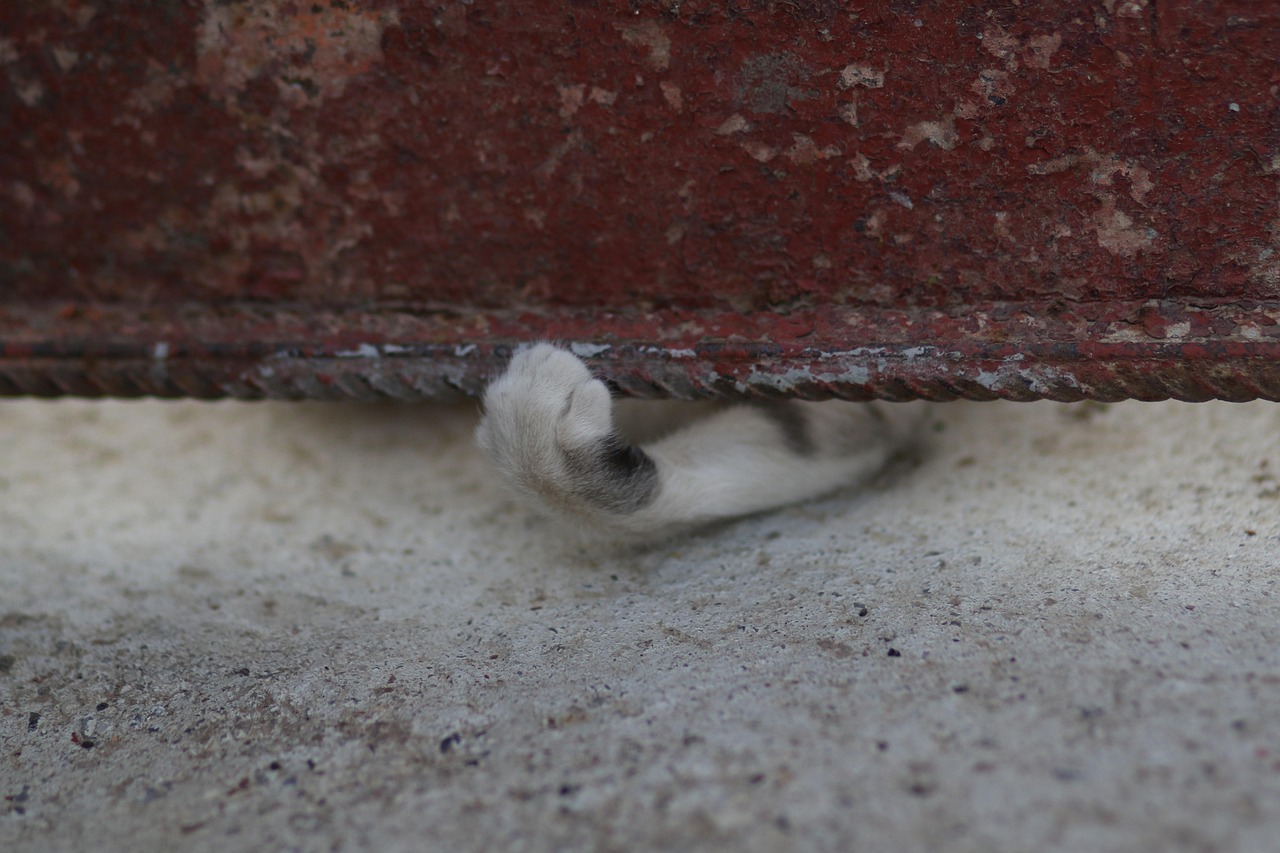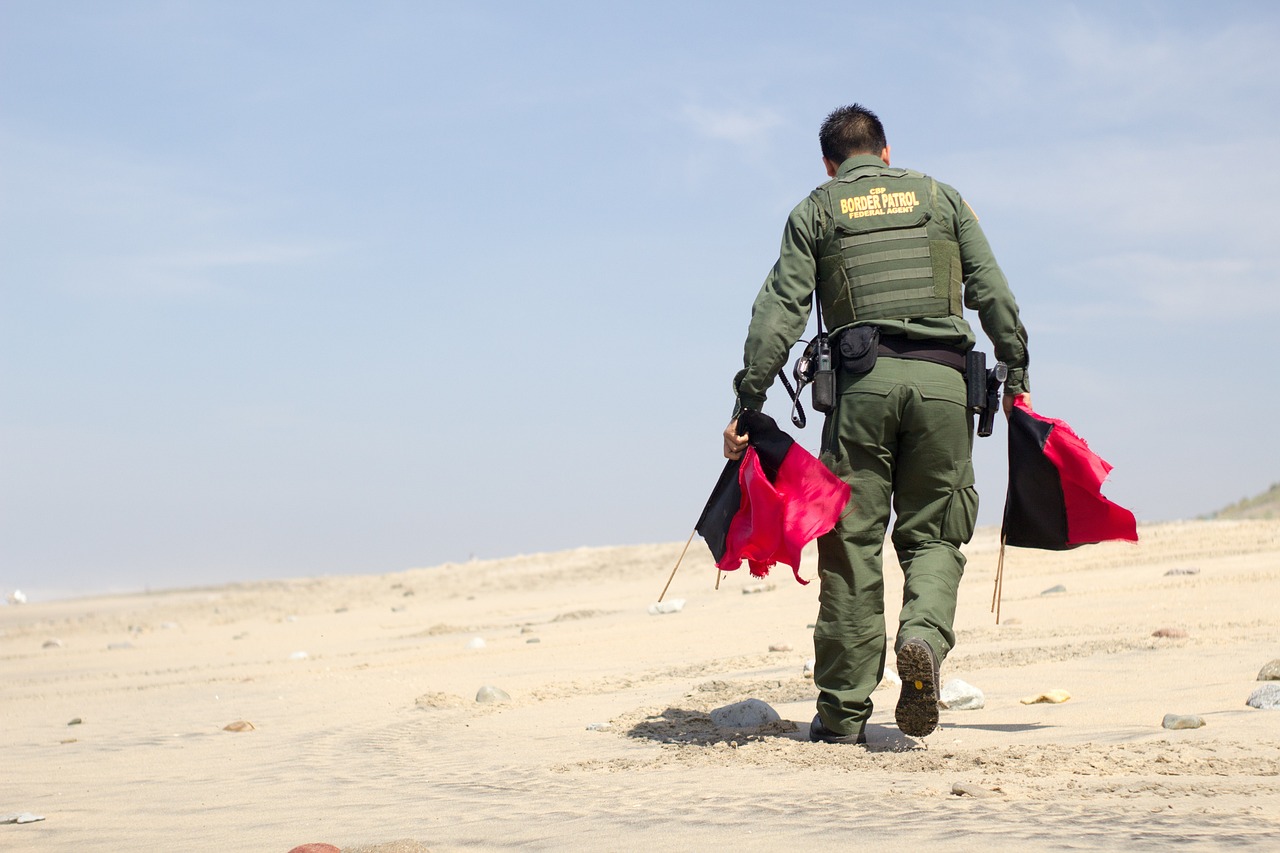Paw Patrol is more than just a beloved animated series; it serves as a valuable tool for teaching children essential life skills, particularly in the area of teamwork. This article delves into the important lessons that young viewers can learn from the adventures of the heroic pups and their leader, Ryder. By exploring key themes, character dynamics, and educational insights, we can better understand how this show promotes collaboration and problem-solving among children.
Understanding Teamwork in Paw Patrol
Paw Patrol showcases a diverse group of animated pups who unite to tackle various challenges in their community. Each episode emphasizes the significance of teamwork, illustrating how the characters rely on one another’s strengths to achieve their goals. This portrayal of teamwork is crucial for young viewers as it fosters an understanding of how working together can lead to successful outcomes.
The Importance of Collaboration
Collaboration is a central theme throughout the series. The pups demonstrate the power of coming together to solve problems, emphasizing that no one can do everything alone. This lesson is particularly beneficial for children, as it shows them that teamwork can lead to innovative solutions and greater success.
- Character Roles and Responsibilities: Each pup has a distinct role that contributes to the team’s success. For instance, Chase is the police dog, while Marshall serves as the firefighter. This diversity teaches children about the importance of individual contributions and how everyone has a part to play in achieving a common goal.
- Ryder’s Leadership Skills: As the team’s leader, Ryder exemplifies effective leadership qualities such as decisiveness, empathy, and encouragement. His character inspires children to develop their own leadership skills, showing them that good leaders listen to their team and value each member’s input.
Learning from Mistakes
Mistakes are an inevitable part of teamwork, and Paw Patrol often illustrates this concept. The pups face challenges and sometimes fail, but they learn valuable lessons from their errors. This aspect of the show teaches children about resilience and the importance of problem-solving, encouraging them to view mistakes as opportunities for growth.
Communication Skills in Team Dynamics
Effective communication is essential for successful teamwork. The pups communicate openly and respectfully, demonstrating how clear dialogue can prevent misunderstandings. This aspect of the show helps children understand the importance of expressing their thoughts and feelings in a constructive manner.
Problem-Solving as a Team
Many episodes revolve around the pups working together to solve challenges. This collaborative problem-solving approach highlights the importance of pooling resources and ideas, showing children that teamwork can lead to creative solutions. For example, when faced with a difficult situation, the pups brainstorm together, illustrating the power of collective thinking.
- Creative Approaches to Challenges: The pups often think outside the box to overcome obstacles. This encourages children to adopt innovative thinking and to approach problems with a collaborative mindset.
- Encouraging Empathy and Support: Empathy is a crucial element of teamwork, and the pups consistently support one another. Their interactions teach children the importance of understanding and helping their peers, fostering a sense of community and cooperation.
Real-Life Applications of Paw Patrol Lessons
The valuable lessons from Paw Patrol extend beyond the screen and can be applied in real-life scenarios. Parents and educators can use the show’s themes to foster teamwork skills in children. Engaging activities, such as group games and cooperative projects, can reinforce these concepts, allowing children to practice collaboration in a fun and supportive environment.
- Activities to Promote Teamwork: Simple games that require cooperation can help children learn the importance of working together. For example, team-building exercises or group art projects can be effective ways to enhance teamwork skills.
- Discussing Episodes with Kids: Engaging children in conversations about Paw Patrol episodes can deepen their understanding of teamwork. Parents can ask open-ended questions about the characters’ actions and decisions, facilitating discussions about the lessons learned.

Understanding Teamwork in Paw Patrol
Paw Patrol is not just an entertaining animated series; it serves as a powerful educational tool for children. The show centers around a group of animated pups, each with unique skills, who come together to solve various challenges in their community. This section delves into how teamwork is portrayed in the show and its significance for young viewers.
In each episode, the pups face different dilemmas that require them to collaborate effectively. This collaborative spirit is a central theme, showcasing the idea that working together can lead to successful problem-solving. The pups demonstrate that when they pool their resources and talents, they can achieve more than they could individually. For young viewers, this is a crucial lesson that emphasizes the importance of teamwork in their own lives.
Moreover, the dynamics among the characters highlight the necessity of understanding and valuing each member’s contributions. Each pup has a specific role, whether it’s Chase’s leadership, Skye’s aerial skills, or Rubble’s construction expertise. This diversity teaches children that every individual has something valuable to offer, promoting the idea that collaboration can lead to innovative solutions.
| Pup | Role | Special Skills |
|---|---|---|
| Chase | Leader | Police skills, tracking |
| Skye | Aviator | Flying, aerial rescues |
| Rubble | Builder | Construction, demolition |
Ryder, the pups’ leader, exemplifies effective leadership qualities that are essential for a successful team. He encourages the pups to communicate openly, listen to each other, and support one another. His character teaches children about the importance of leadership and how it can inspire others to work towards a common goal.
Furthermore, the show does not shy away from illustrating the fact that mistakes are part of any team effort. The pups often encounter challenges that require them to learn from their errors. This aspect of the show teaches children about resilience and the importance of problem-solving, showing them that setbacks can lead to valuable lessons.
Effective communication is another vital component of teamwork that is well-represented in Paw Patrol. The pups regularly engage in discussions to strategize and share ideas. This highlights the need for clear and respectful dialogue, which is a skill that children can carry into their own interactions.
In addition, the episodes frequently revolve around collaborative problem-solving. The pups come together to devise creative solutions, demonstrating that thinking outside the box can lead to successful outcomes. This not only fosters innovation but also encourages children to approach their own challenges with a similar mindset.
Empathy plays a significant role in the interactions among the pups. They support each other through thick and thin, teaching children the importance of understanding and helping their peers. This emotional intelligence is crucial in developing strong interpersonal relationships.
Overall, the lessons of teamwork portrayed in Paw Patrol extend beyond entertainment. They offer a framework for children to understand the value of collaboration, communication, and empathy in their everyday lives. By engaging with the show, children can learn critical skills that will serve them well in various settings, from school projects to future workplaces.
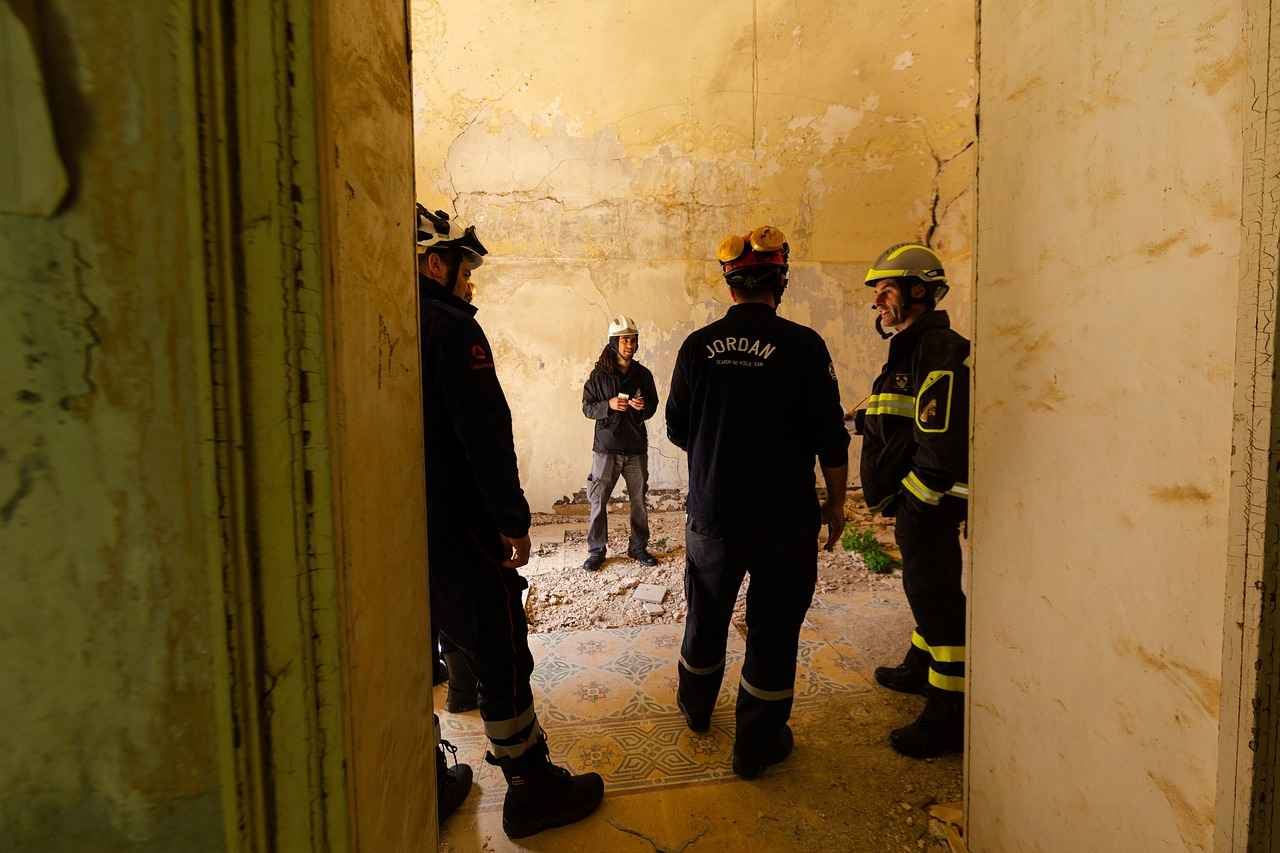
The Importance of Collaboration
is a vital theme in the beloved series Paw Patrol. The show not only entertains children but also imparts essential life lessons about teamwork and collaboration. Each episode showcases how the animated pups work together to tackle various challenges, illustrating the significance of unity and cooperation in achieving common goals.
In Paw Patrol, the pups embody the essence of teamwork. They demonstrate that when individuals come together, they can accomplish tasks that may seem impossible when attempted alone. This concept is crucial for young viewers, as it teaches them that collaboration can lead to better outcomes. The show emphasizes that every member of a team brings unique strengths and skills, which can be leveraged to solve problems effectively.
- Building Trust: The pups trust each other implicitly, which is a fundamental aspect of collaboration. Children watching the show learn that trust is built through consistent support and reliability.
- Shared Goals: Each mission undertaken by the Paw Patrol is a team effort. The pups work towards a shared objective, highlighting the importance of aligning individual efforts with group goals.
- Respect for Diversity: The different skills and personalities of each pup showcase the value of diversity in teamwork. Children learn to appreciate different perspectives and contributions.
Furthermore, the show illustrates that collaboration is not just about working together but also about effective communication. The pups constantly communicate, sharing ideas and strategies to overcome obstacles. This portrayal teaches children the importance of expressing their thoughts clearly and listening to others, which are vital skills in any collaborative environment.
Another significant lesson from Paw Patrol is the idea of problem-solving as a team. The pups face various challenges that require creative solutions. By working together, they brainstorm ideas, test solutions, and learn from their mistakes. This process not only resolves the immediate issue but also teaches children resilience and adaptability—qualities essential for success in collaborative efforts.
Moreover, the show emphasizes empathy and support among team members. The pups are always there to encourage each other, demonstrating that emotional support is a key component of teamwork. This aspect can help children understand the importance of being supportive and understanding towards their peers, fostering a collaborative spirit in their own lives.
To further enhance the lessons of collaboration in Paw Patrol, parents and educators can engage children in activities that promote teamwork. Simple games that require cooperation, such as building a structure together or completing a puzzle, can reinforce the concepts portrayed in the show. Discussing episodes after watching can also deepen understanding, allowing children to reflect on the teamwork demonstrated and how they can apply similar principles in their lives.
In conclusion, Paw Patrol serves as an excellent resource for teaching children about the importance of collaboration. Through its engaging characters and relatable scenarios, the show instills valuable lessons about teamwork, communication, empathy, and problem-solving. By embracing these lessons, children can develop essential skills that will benefit them in various aspects of their lives, from school projects to future workplace dynamics.
Character Roles and Responsibilities
Paw Patrol is not just an entertaining show for children; it is a rich source of valuable lessons about teamwork and individual contributions. Each pup in the series has a distinct role that is essential to the group’s overall success, showcasing how individual strengths can combine to achieve common goals. This section explores the unique responsibilities of each character and how they teach children about the importance of their own contributions in a collaborative environment.
| Pup | Role | Key Skills |
|---|---|---|
| Chase | Police Pup | Leadership, Problem-solving |
| Marshall | Firefighter Pup | Bravery, Quick Thinking |
| Skye | Aviation Pup | Creativity, Courage |
| Rubble | Construction Pup | Strength, Team Support |
| Zuma | Water Rescue Pup | Adaptability, Teamwork |
Each pup’s role is not only important for the tasks they perform but also serves to illustrate the concept of teamwork to young viewers. For instance, Chase, as the police pup, often takes the lead in planning and organizing missions, teaching children about leadership and the importance of being proactive. His ability to assess situations and make decisions demonstrates that taking initiative is a vital part of working in a team.
On the other hand, Marshall, the firefighter pup, exemplifies bravery and the importance of facing challenges head-on. His role often involves rescuing others, which helps children understand that every team member has a critical part to play, especially in high-pressure situations. This not only fosters a sense of responsibility but also encourages children to be courageous in their own lives.
Skye, the aviation pup, brings a creative flair to the team. Her aerial perspective often helps the pups see challenges from different angles, emphasizing the value of innovation in problem-solving. By showcasing how creativity can lead to effective solutions, the show inspires children to think outside the box when faced with obstacles.
Rubble, the construction pup, teaches the importance of strength and support within a team. His physical abilities are complemented by his willingness to help others, showing that being a good team player often means lifting others up. This reinforces the idea that collaboration is not just about individual skills but also about providing support to teammates.
Zuma, the water rescue pup, highlights the significance of adaptability. His role in water rescues teaches children that flexibility is essential in teamwork, as situations can change rapidly. This lesson encourages kids to remain open-minded and ready to adjust their approaches when necessary.
Through these diverse roles, Paw Patrol effectively communicates to children that every individual has something unique to offer. By understanding their own strengths and how they can contribute to a group, children learn the value of collaboration and the impact they can have on their peers. This understanding fosters a sense of belonging and encourages them to engage positively with others.
In summary, the distinct roles of each pup in Paw Patrol serve as a powerful educational tool. They not only entertain but also provide children with essential lessons about teamwork, responsibility, and the importance of individual contributions in achieving collective success. By embracing these lessons, children can develop vital skills that will benefit them in their personal and academic lives.
Ryder’s Leadership Skills
Ryder, the charismatic leader of the Paw Patrol team, serves as a remarkable example of effective leadership for young viewers. His character embodies a variety of qualities that not only facilitate successful teamwork among the pups but also inspire children to cultivate their own leadership skills. This section will explore the essential traits that make Ryder an exemplary leader and how these attributes can be mirrored by children in their own lives.
One of Ryder’s most notable qualities is his confidence. He approaches challenges with a positive attitude, which instills a sense of security in his team. Children can learn that confidence is vital when leading others, as it encourages teammates to trust in their leader’s decisions. Moreover, Ryder’s unwavering belief in his team’s abilities motivates the pups to perform at their best, teaching kids the importance of encouragement and support in a leadership role.
Another key aspect of Ryder’s leadership is his communication skills. He communicates clearly and effectively, ensuring that every pup understands their role in a mission. This aspect of Ryder’s character highlights the significance of open dialogue in teamwork. Children can take away the lesson that good leaders listen as much as they speak, fostering an environment where everyone feels valued and heard.
- Problem Solving: Ryder often uses critical thinking to navigate challenges, demonstrating to kids that effective leaders are not just decision-makers but also problem solvers. His ability to assess situations and devise practical solutions encourages children to think critically and creatively.
- Empathy: Ryder shows genuine care for his team members, understanding their feelings and needs. This quality teaches children the importance of empathy in leadership, reminding them that a great leader must also be a compassionate friend.
Ryder’s leadership style is also characterized by his adaptability. He recognizes that each mission may require a different approach, and he is willing to adjust his strategies accordingly. This flexibility teaches children that effective leaders must be open to change and capable of pivoting when necessary.
Furthermore, Ryder fosters a sense of team spirit among the pups. He emphasizes the importance of working together, often reminding them that they are stronger as a unit than as individuals. This lesson is crucial for children, as it encourages them to collaborate with peers and understand the value of teamwork in achieving common goals.
In addition to these qualities, Ryder exemplifies the importance of responsibility. He takes ownership of his decisions and stands by his team, teaching children that accountability is a vital trait in both leadership and teamwork. By modeling this behavior, Ryder encourages kids to take responsibility for their actions, fostering a sense of integrity and reliability.
Ultimately, Ryder’s leadership skills serve as a powerful example for children. By embodying confidence, effective communication, empathy, adaptability, team spirit, and responsibility, he provides a comprehensive framework for young viewers to develop their own leadership abilities. As children watch Ryder navigate challenges and inspire his team, they are encouraged to reflect on their own potential as leaders, both in play and in real-life situations.
Learning from Mistakes
is an essential theme in the animated series Paw Patrol. The show effectively illustrates how the characters, a group of brave pups, encounter various challenges that often lead to mistakes. These moments are not just entertaining; they serve as valuable teaching moments for young viewers. Through their experiences, children learn that making mistakes is a natural part of the learning process.
In each episode, the pups face obstacles that require them to work together to find solutions. When they stumble or misjudge a situation, the narrative highlights the importance of resilience. For instance, if Chase miscalculates a jump, he learns to assess the situation more carefully next time. This teaches children the vital lesson that errors can lead to growth and improvement.
Moreover, the characters often engage in discussions about their mistakes, fostering an environment of open communication. This aspect is crucial, as it encourages children to express their feelings about failure and to seek advice from peers. By seeing the pups support one another after a setback, children can understand the value of empathy and teamwork.
Another significant element is the problem-solving strategies the pups employ after making mistakes. Each character brings a unique skill set to the team, which becomes apparent when they need to brainstorm solutions. For example, Skye might suggest a different approach to a problem after observing how their initial plan didn’t work. This demonstrates to children that collaboration can lead to more effective solutions and that it’s okay to change tactics when things don’t go as planned.
As the pups tackle their challenges, they also model self-reflection. After a mission, they often review what went right and what could have been improved. This practice encourages children to think critically about their actions and to learn from their experiences. It instills in them the understanding that every mistake is an opportunity for growth.
Additionally, the show emphasizes the importance of having a positive attitude when facing challenges. The pups maintain their enthusiasm and determination, even when things go awry. This optimistic outlook is essential for children to develop resilience and to approach their own difficulties with a similar mindset.
Incorporating these lessons into real-life situations can be beneficial for children. Parents and educators can encourage discussions about mistakes in a supportive environment, allowing children to share their experiences without fear of judgment. Activities that promote teamwork, such as group projects or team sports, can also reinforce the idea that mistakes are a part of the learning journey.
In conclusion, Paw Patrol serves as an engaging platform for children to learn about the value of . Through the adventures of the pups, viewers gain insights into resilience, empathy, communication, and problem-solving. These lessons are not only applicable in a fictional context but also resonate in the real world, equipping children with the skills they need to navigate their own challenges.
Communication Skills in Team Dynamics
Effective communication is a cornerstone of successful teamwork, as demonstrated in the beloved animated series, Paw Patrol. In this section, we will explore how the pups communicate with one another, highlighting the significance of clear and respectful dialogue, especially for young viewers. Understanding these dynamics not only enhances their viewing experience but also equips children with essential life skills.
The pups in Paw Patrol showcase a variety of communication styles that reflect their unique personalities. For instance, Chase, the police pup, often takes the lead in discussions, using clear and assertive language. This demonstrates to children the importance of being direct and confident when expressing thoughts and ideas. Meanwhile, Skye, the aviator pup, exemplifies the value of listening. She often encourages her teammates to share their opinions, fostering an atmosphere of mutual respect and collaboration.
Non-verbal communication is equally important in the series. The pups utilize body language, facial expressions, and even their unique sounds to convey messages. For example, when a pup is excited, their tail wags enthusiastically, signaling positivity and eagerness to participate. This teaches children that communication is not solely about words; it encompasses a range of non-verbal cues that can enhance understanding and connection.
Moreover, problem-solving scenarios in the show often require the pups to communicate under pressure. They must share ideas quickly and efficiently to devise solutions to problems. This aspect of the show illustrates the importance of remaining calm and focused while communicating. Children can learn that effective dialogue involves not only speaking but also listening and adapting to the situation at hand.
- Respectful Dialogue: The pups consistently show respect for each other’s opinions, even when they disagree. This teaches children that differing viewpoints can coexist and that respectful discussion is vital for teamwork.
- Encouraging Participation: Each pup has an opportunity to contribute, reinforcing the idea that every voice matters. This encourages children to participate actively in group settings, knowing their contributions are valued.
- Conflict Resolution: Occasionally, the pups face disagreements. They demonstrate how to resolve conflicts through open dialogue, teaching children the importance of addressing issues calmly and constructively.
Furthermore, the pups’ ability to communicate effectively extends beyond verbal interactions. They often use their unique skills to assist each other, showcasing how teamwork is enhanced through understanding each member’s strengths. For example, when a problem arises, they quickly assess who has the best skills to tackle it, which emphasizes the importance of recognizing and valuing individual contributions within a team.
By observing the pups in action, children can grasp the fundamental principles of communication that are essential for successful teamwork. They learn that effective communication is not just about speaking but also about listening, understanding non-verbal cues, and fostering an environment where everyone feels comfortable sharing their thoughts.
In summary, Paw Patrol serves as an excellent tool for teaching children about the significance of communication in teamwork. Through the various interactions of the pups, young viewers can gain insights into how to engage in respectful dialogue, the importance of listening, and the value of each team member’s contributions. These lessons are invaluable as children navigate their social environments, helping them build strong relationships and collaborative skills that will benefit them throughout their lives.

Problem-Solving as a Team
Paw Patrol is not just an entertaining animated series; it serves as a powerful platform for teaching children essential life skills, particularly in the realm of teamwork and problem-solving. In the show, the young pups work together to tackle various challenges, demonstrating how collaborative efforts lead to effective solutions. This section delves into the strategies employed by the pups and how these lessons can be applied in real life.
The pups of Paw Patrol utilize a variety of strategies when faced with challenges. Each episode presents a unique problem that requires the team to brainstorm and devise a plan. This not only entertains but also teaches children the importance of strategic thinking and collaboration in overcoming obstacles. By observing the pups, children learn that no problem is too big when tackled together.
One of the standout features of Paw Patrol is the pups’ ability to think creatively. They often employ innovative solutions to navigate complex situations. For instance, when a bridge is out, instead of panicking, the pups might use their individual skills to build a new path. This approach encourages children to think outside the box and consider multiple angles when solving a problem.
- Analyzing the Situation: The pups assess the problem at hand, discussing its implications and potential solutions.
- Brainstorming Ideas: They gather input from all team members, reinforcing the idea that diverse perspectives lead to better outcomes.
- Testing Solutions: The pups often test their ideas in real-time, learning from any mistakes made along the way.
Another critical aspect of teamwork showcased in Paw Patrol is the empathy displayed by the pups. They not only work together to solve problems but also support one another emotionally. When a pup feels overwhelmed or unsure, the others step in to provide encouragement and assistance. This dynamic teaches children the value of understanding and helping their peers, fostering a sense of community and cooperation.
Through their interactions, the pups model how to handle emotions during challenging times. Children watching the show can learn to recognize their feelings and those of others, which is vital for effective teamwork. The ability to empathize with teammates can lead to more cohesive group dynamics and better problem-solving outcomes.
The lessons learned from Paw Patrol extend far beyond the screen. Parents and educators can leverage these strategies to cultivate teamwork skills in children. For example, engaging in group activities that require collaboration can reinforce the concepts seen in the show. Whether it’s a school project or a simple game, children can practice the skills of communication, creativity, and empathy in a real-world context.
| Activity | Description | Skills Developed |
|---|---|---|
| Group Art Project | Children collaborate to create a mural or collage. | Creativity, Communication |
| Team Sports | Participating in sports encourages working towards a common goal. | Teamwork, Empathy |
| Problem-Solving Games | Engaging in puzzles or escape room challenges. | Critical Thinking, Collaboration |
Parents can enhance the learning experience by discussing Paw Patrol episodes with their children. This can be done by asking questions about the challenges faced by the pups and how they solved them. Such discussions not only reinforce the lessons of teamwork but also promote critical thinking and reflection.
In summary, Paw Patrol offers a rich tapestry of lessons on teamwork and problem-solving. By understanding and applying these principles, children can develop essential skills that will serve them well throughout their lives.
Creative Approaches to Challenges
The animated series Paw Patrol is not just entertaining; it serves as a platform for teaching children valuable lessons about problem-solving and creativity. The pups, each with their unique skills, often encounter obstacles that require them to think outside the box. This section explores how these creative solutions can inspire children to approach their own challenges with innovation and teamwork.
In many episodes, the pups face situations that seem insurmountable at first glance. However, through collaboration and imaginative thinking, they devise inventive strategies to overcome these hurdles. For instance, when a bridge collapses, instead of succumbing to despair, the team brainstorms together, combining their strengths to create a makeshift bridge using available resources. This scenario teaches children the importance of collaborative brainstorming and encourages them to seek help from others when tackling difficult tasks.
| Paw Patrol Episode | Challenge Faced | Creative Solution |
|---|---|---|
| “Pups Save a Hoot” | Rescuing an owl stuck in a tree | Using a drone to lift a basket to the owl |
| “Pups Save the Mayor’s Race” | Clearing the racetrack | Creating a water slide to wash away obstacles |
Moreover, the show emphasizes the value of teamwork in problem-solving. Each pup brings a unique skill set to the table, showcasing how diverse perspectives can lead to more effective solutions. Children watching the series learn that they do not have to tackle challenges alone; collaborating with peers can yield innovative results. This is particularly important in school settings, where group projects are common. By observing the pups, kids can see firsthand how sharing ideas and skills can enhance creativity and lead to successful outcomes.
Another significant aspect of the pups’ problem-solving approach is their resilience in the face of failure. The characters often encounter setbacks, but instead of giving up, they regroup, reassess, and try again. This teaches children that failure is not the end but rather a stepping stone to success. By embracing a mindset that values persistence, children can develop the confidence to tackle their own challenges head-on.
In addition to resilience, the pups demonstrate the importance of empathy in their problem-solving processes. They frequently pause to consider how their actions affect others, reinforcing the idea that understanding different perspectives can lead to more comprehensive solutions. For example, when helping a friend, the pups take the time to listen to their concerns, ensuring that their approach is not only effective but also considerate of others’ feelings. This lesson in empathy is crucial for children, as it encourages them to be mindful of their peers while working towards a common goal.
Ultimately, the creative approaches showcased in Paw Patrol serve as a powerful reminder for children about the importance of innovation, teamwork, and resilience. By encouraging kids to think outside the box and collaborate with others, the show fosters a generation of problem solvers who are equipped to face challenges with creativity and compassion.
Encouraging Empathy and Support
In the vibrant world of Paw Patrol, empathy is not just a trait; it is a foundational element of teamwork that shapes the interactions among the pups. The series beautifully illustrates how understanding and supporting one another can lead to successful outcomes. By observing the pups, children can learn valuable lessons about the importance of empathy in their own lives.
Throughout various episodes, the pups face challenges that require them not only to work together but also to be emotionally attuned to each other’s needs. For instance, when one of the pups feels discouraged after a mistake, the others rally around to offer support, demonstrating that friendship and encouragement are crucial in overcoming obstacles. This dynamic teaches children that being aware of their peers’ feelings is essential in fostering a collaborative environment.
Moreover, the interactions among the pups serve as practical examples of how empathy can enhance teamwork. They often engage in dialogues that reflect active listening and validation, which are key components of effective communication. When a pup expresses concern or fear, the others respond with understanding, which reinforces the idea that everyone’s feelings matter in a team setting. This not only promotes emotional intelligence but also encourages children to practice these skills in their own relationships.
Additionally, the concept of helping others is a recurring theme in the series. The pups frequently go out of their way to assist one another, whether it’s through verbal encouragement or physical help. This action-oriented approach to empathy teaches children that support can come in many forms, and that taking the initiative to help a friend in need is a valuable trait. By modeling these behaviors, Paw Patrol instills the idea that teamwork is enhanced by kindness and support.
Furthermore, the show highlights the importance of celebrating one another’s successes. When a pup accomplishes a challenging task, the rest of the team is quick to celebrate, reinforcing the notion that supporting each other’s achievements fosters a positive team atmosphere. This celebration of success not only boosts individual confidence but also strengthens the bond among team members, encouraging children to uplift their peers in real life.
Incorporating discussions about empathy into everyday conversations can further solidify these lessons. Parents and educators can encourage children to reflect on moments when they have felt supported or when they have supported others. This reflection can lead to deeper understanding and appreciation of the role empathy plays in teamwork.
Ultimately, the lessons of empathy and support depicted in Paw Patrol extend far beyond the screen. They serve as a valuable blueprint for children, teaching them that being a good teammate means being aware of and responsive to the feelings of others. By nurturing these skills, children can develop into compassionate individuals who understand the significance of collaboration and support in all aspects of life.
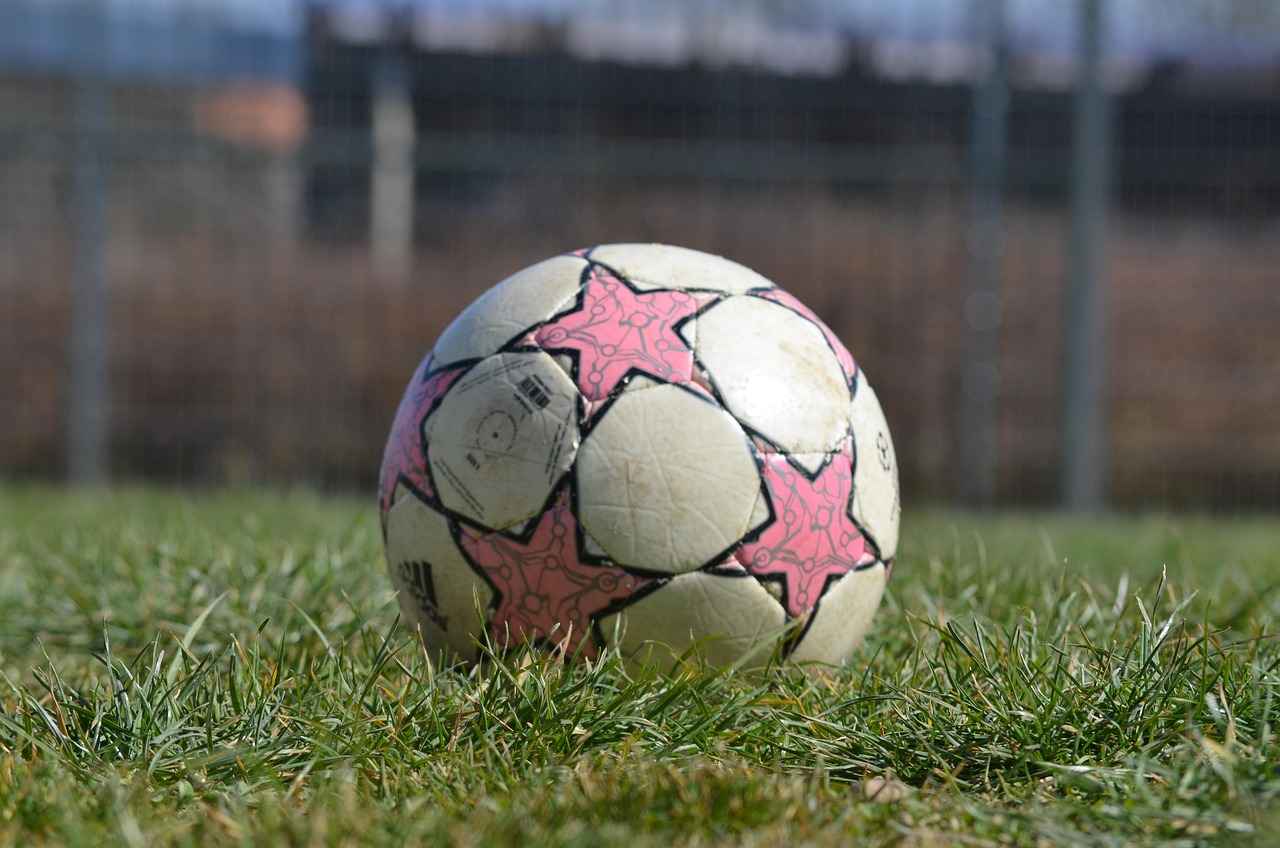
Real-Life Applications of Paw Patrol Lessons
The animated series Paw Patrol has captured the hearts of children worldwide, not only through its entertaining stories but also through its valuable lessons in teamwork. The show provides numerous opportunities for parents and educators to translate these lessons into real-life applications that can enhance children’s collaboration skills. This section will explore practical ways to implement the teachings from Paw Patrol in everyday scenarios.
Understanding the significance of teamwork is essential for children’s development. Paw Patrol serves as an excellent medium for illustrating these concepts. Here are some effective methods to apply the lessons learned from the show:
- Team-Based Activities: Organizing group activities, such as team sports or collaborative art projects, allows children to experience teamwork firsthand. These activities encourage them to work together towards a common goal, much like the pups in Paw Patrol.
- Role-Playing Scenarios: Parents can create role-playing games where children take on different characters from Paw Patrol. This not only fosters imagination but also helps them understand the importance of each member’s role in achieving success.
- Problem-Solving Challenges: Setting up challenges that require teamwork to solve can mimic the problem-solving episodes in Paw Patrol. For instance, a scavenger hunt can teach kids to communicate and strategize together.
Engaging children in activities that promote teamwork can reinforce the lessons from Paw Patrol. Here are a few practical examples:
1. **Group Sports:** Enroll children in team sports like soccer or basketball.2. **Collaborative Projects:** Encourage them to work on school projects in groups.3. **Board Games:** Choose games that require cooperation, such as Pandemic or Forbidden Island.
Another effective method is to have discussions about Paw Patrol episodes after watching them. Parents can ask questions that prompt children to reflect on the themes of teamwork and collaboration. For example:
- What did the pups do when they faced a challenge?
- How did they help each other succeed?
- What can we learn from their actions?
These discussions can deepen children’s understanding and help them relate the show’s lessons to their own experiences.
Empathy is a crucial component of effective teamwork. Paw Patrol illustrates this through the supportive interactions among the pups. Parents can encourage empathy by:
- Modeling empathetic behavior in daily life.
- Encouraging children to express their feelings and listen to others.
- Discussing situations where they can help friends in need.
By fostering an environment where empathy thrives, children learn that teamwork is not just about achieving goals, but also about supporting one another.
Finally, establishing a culture of teamwork at home can reinforce the lessons from Paw Patrol. Parents can:
- Encourage family projects that require collaboration, such as cooking meals or organizing events.
- Set family goals that everyone can contribute to, emphasizing the importance of each member’s input.
- Celebrate successes together, reinforcing the idea that working as a team leads to shared achievements.
By integrating these lessons into daily life, parents and educators can help children develop essential teamwork skills that will benefit them in various aspects of their lives.
Activities to Promote Teamwork
Engaging activities are essential in reinforcing teamwork concepts among children. By participating in fun and interactive games, kids can learn the value of collaboration, communication, and problem-solving. Below are several practical examples of activities that parents can implement at home or in community settings to encourage teamwork among children.
- Team-Building Games: Organize games that require children to work together to achieve a common goal. For instance, a three-legged race encourages kids to coordinate their movements while supporting one another. This activity not only fosters collaboration but also teaches them about trust and synchronization.
- Group Challenges: Set up challenges that necessitate teamwork, such as a scavenger hunt. Divide children into teams and provide them with a list of items to find. They must communicate effectively and strategize to complete the hunt successfully. This activity enhances their problem-solving skills and promotes a sense of achievement when they work together.
- Creative Projects: Encourage children to collaborate on a creative project, such as building a fort or creating a mural. This not only allows them to express their creativity but also teaches them to respect each other’s ideas and contributions. They learn the importance of compromise and collective decision-making.
- Role-Playing Scenarios: Engage children in role-playing activities where they must assume different roles within a team. For instance, they can simulate a rescue operation similar to the Paw Patrol missions, where each child takes on a specific character’s responsibilities. This helps them understand the significance of individual roles in achieving a shared objective.
- Sports Activities: Enroll children in team sports, such as soccer or basketball. These sports inherently require collaboration and communication, allowing children to experience firsthand the dynamics of teamwork. They learn to support each other, celebrate victories, and handle losses together, which builds resilience.
- Cooking Together: Involve children in cooking a meal as a team. Assign each child a specific task, whether it’s chopping vegetables, stirring, or setting the table. This activity not only teaches them about cooperation but also instills a sense of responsibility and accomplishment when they enjoy the meal they prepared together.
Incorporating these activities into daily routines can significantly enhance children’s understanding of teamwork. The key is to create an environment where they feel safe to express their ideas, make mistakes, and learn from each other. Parents can further support this learning by discussing the importance of each activity and how it relates to real-life teamwork experiences.
By actively participating in these engaging activities, children will not only develop essential teamwork skills but also foster lasting friendships and a positive attitude towards collaboration. The lessons learned through play can translate into their academic and social lives, preparing them for future challenges.
Discussing Episodes with Kids
Engaging children in conversations about their favorite shows, such as Paw Patrol, can significantly enhance their understanding of important themes like teamwork. By discussing specific episodes, parents can facilitate meaningful dialogues that not only reinforce the lessons depicted in the series but also encourage children to reflect on their own experiences.
One effective approach is to ask open-ended questions after watching an episode. For instance, parents can inquire, “What did you think about how the pups worked together to solve the problem?” This question prompts children to think critically about the characters’ actions and the concept of teamwork. By sharing their thoughts, kids can articulate their understanding and connect it to their daily lives.
Another valuable strategy is to highlight specific moments from the episode that showcase collaboration. Parents can say, “Remember when Chase helped Marshall get the ladder? How do you think it felt for them to work together?” Such discussions can lead to deeper insights about the importance of helping others and the strength found in collaboration.
Moreover, parents can encourage their children to relate the lessons learned from Paw Patrol to real-life situations. For example, they might ask, “Can you think of a time when you had to work with friends to complete a project?” This approach not only reinforces the episode’s themes but also helps children recognize the value of teamwork in their own experiences.
Using storytelling can also be an effective method for discussion. Parents can ask children to recount their favorite episode and explain what they learned about teamwork. This exercise allows children to practice their communication skills while reinforcing the episode’s messages. Additionally, it can reveal how well they grasp the concept of teamwork and its applications beyond the screen.
Incorporating play into discussions can make the learning process more enjoyable. Parents can create scenarios inspired by Paw Patrol and encourage their children to role-play different characters. For instance, parents might say, “Let’s pretend we are in Adventure Bay. How can we work together to help a friend in need?” This interactive approach not only solidifies the lessons learned but also fosters creativity and teamwork in a fun way.
It is also essential for parents to model the behavior they wish to instill in their children. By sharing their own experiences of teamwork, whether at work or in community activities, parents can demonstrate the real-world applications of the lessons from Paw Patrol. They can say, “At my job, we often have to work as a team. Just like the pups, we rely on each other’s strengths to succeed.” This connection helps children understand that teamwork is a valuable skill in all areas of life.
Finally, parents should celebrate their children’s efforts to engage in teamwork, whether big or small. Acknowledging when children work well with others, whether in sports, school projects, or even at home chores, reinforces the importance of collaboration and encourages them to continue developing these skills.
In conclusion, discussions about Paw Patrol episodes can serve as a powerful tool for teaching children the importance of teamwork. By employing open-ended questions, relating lessons to real-life situations, and incorporating play, parents can deepen their children’s understanding of teamwork while fostering essential life skills. Through these conversations, children can learn to appreciate the value of collaboration and apply these lessons in their everyday interactions.
Frequently Asked Questions
- What is the main lesson about teamwork in Paw Patrol?
Paw Patrol teaches kids that teamwork is essential for solving problems. The animated pups show how working together can lead to success, emphasizing that each member’s contribution is valuable.
- How do the characters demonstrate effective communication?
The pups communicate openly and respectfully, which highlights the importance of clear dialogue in teamwork. Their interactions show kids that sharing ideas and listening to others is key to achieving common goals.
- Can the lessons from Paw Patrol be applied in real life?
Absolutely! Parents and educators can use the lessons from Paw Patrol to foster teamwork skills in children through discussions and engaging activities, helping them understand the real-world value of collaboration.
- What role does empathy play in teamwork according to the show?
Empathy is crucial in teamwork, and Paw Patrol illustrates this through the pups’ supportive behavior. They teach kids that understanding and helping each other strengthens team bonds and leads to better outcomes.
- How can parents encourage teamwork through activities?
Parents can promote teamwork by organizing games and exercises that require collaboration. Simple activities like group projects or team sports can reinforce the lessons learned from Paw Patrol.

